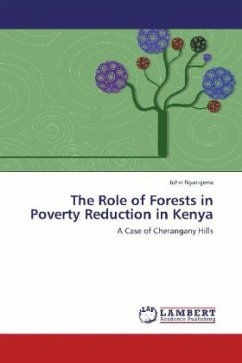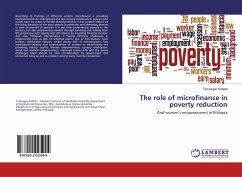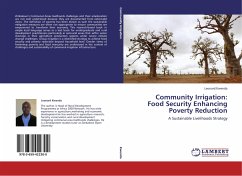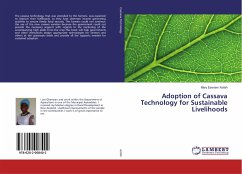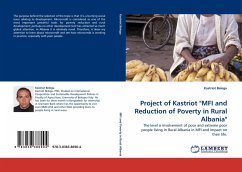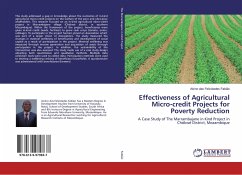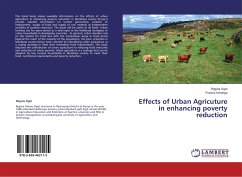The link between forests and poverty reduction in developing countries is a subject of considerable interest. Studies have revealed a high dependence on forest resources by neighboring communities for purposes of sustaining livelihoods. However, most studies have focused on the role of Timber products ignoring the vital role of Non-Timber Forest Products in alleviating poverty. Clearly, there exist knowledge gaps on the social aspects of forests, in particular, on the impacts of forest resources on household poverty. This book is an outcome of a field survey conducted in Cherangany Hills, Kenya, to investigate the poverty reducing effect of forests. It uses both qualitative and quantitative analyses to highlight the Poverty-Environment linkages in the forestry sector. The findings should particularly be helpful to conservationists and development practitioners in Government and Civil Society aiming at mainstreaming forestry into poverty reduction strategies.

